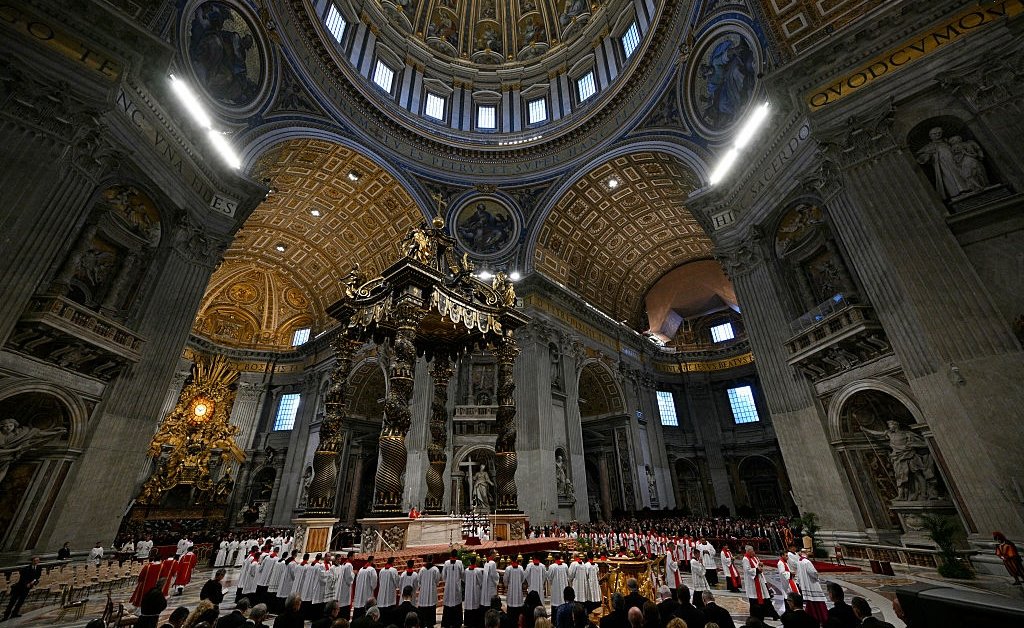Easter Sunday Timing: A Simple Explanation
Editor's Note: This article explains the often-misunderstood timing of Easter Sunday.
Easter, a significant holiday for Christians worldwide, doesn't fall on the same date each year. Unlike Christmas, which is fixed on December 25th, Easter's date shifts, leading to confusion for many. This article provides a clear and concise explanation of why Easter's timing varies and how it's determined.
Why This Topic Matters
Understanding Easter's timing isn't just about knowing when to plan celebrations; it's about grasping the historical and religious context of the holiday. For Christians, Easter commemorates the resurrection of Jesus Christ, a pivotal event in their faith. The date's connection to the lunar calendar reflects a rich tradition deeply rooted in both religious observance and astronomical calculation. This article aims to demystify this process, making it accessible to everyone.
Key Takeaways
| Point | Explanation |
|---|---|
| Easter's Lunar Tie | Easter's date is linked to the full moon following the spring equinox. |
| Spring Equinox | The spring equinox (around March 20th or 21st in the Northern Hemisphere) marks the beginning of spring. |
| First Sunday After | Easter is always the first Sunday after the first full moon that occurs on or after the spring equinox. |
| No Fixed Date | This system ensures Easter falls between March 22nd and April 25th each year. |
1. Easter Sunday Timing: A Deeper Dive
Introduction: The seemingly arbitrary timing of Easter Sunday stems from its connection to the lunar calendar and the spring equinox. This system, established centuries ago, ensures a consistent relationship between the religious observance and the astronomical events that mark the changing seasons.
Key Aspects: The key aspects determining Easter's date are:
- The Spring Equinox: This astronomical event marks the start of spring in the Northern Hemisphere.
- The Lunar Cycle: The first full moon following the spring equinox is crucial in determining Easter Sunday.
- The Gregorian Calendar: The modern Gregorian calendar is used to calculate the date, making the process more precise than previous methods.
Detailed Analysis: The Council of Nicaea in 325 AD established the rule linking Easter to the spring equinox and the lunar cycle. The intent was to avoid coinciding with Passover, a Jewish holiday. By using the full moon after the equinox, the date is naturally aligned with the cycles of nature. The use of the Gregorian calendar in recent centuries ensures accuracy and consistency in the calculation.
2. Interactive Elements on Easter Sunday Timing
Introduction: Several online tools and calculators allow you to determine the date of Easter for any given year.
Facets: These tools use algorithms based on the rules established centuries ago. Using them highlights the complexity involved in determining the precise date, emphasizing that it's not simply a random selection but a result of precise calculations. The interactive nature also makes the topic more engaging and accessible.
Summary: These interactive elements provide a practical way to understand the calculation involved in determining Easter Sunday’s date, reinforcing the connection between religious tradition and the natural world.
3. Advanced Insights on Easter Sunday Timing
Introduction: Delving deeper, one can understand the historical context and the reasons behind the choice of this complex calculation.
Further Analysis: The decision to link Easter to the lunar calendar reflected the cultural and astronomical understanding of the time. The choice was also influenced by theological considerations, ensuring that Easter was clearly distinct from Passover. Understanding these nuances provides a rich insight into the history and significance of the holiday.
Closing: The seemingly simple question of Easter's date reveals a fascinating interplay of religious tradition, astronomy, and calendar systems.
People Also Ask (NLP-Friendly Answers)
Q1: What is Easter Sunday? A: Easter Sunday is a Christian holiday celebrating the resurrection of Jesus Christ.
Q2: Why is Easter's date not fixed? A: Easter's date is linked to the lunar cycle and the spring equinox, resulting in a variable date each year.
Q3: How can I calculate Easter Sunday's date? A: Many online calculators use algorithms based on the established rules to determine Easter's date for any given year.
Q4: What are the main challenges with determining Easter Sunday's date? A: The complex interplay of the lunar cycle, the spring equinox, and the Gregorian calendar requires precise calculations.
Q5: How to know when Easter Sunday is? A: Use an online Easter date calculator or consult a calendar that shows religious holidays.
Practical Tips for Understanding Easter Sunday Timing
Introduction: Here are a few simple ways to keep track of Easter Sunday’s date.
Tips:
- Use an online calculator: Many websites offer easy-to-use Easter date calculators.
- Consult a religious calendar: Many calendars specifically list the dates of religious holidays.
- Check your smartphone calendar: Many smartphone calendars automatically include religious holiday dates.
- Remember the general timeframe: Easter always falls between March 22nd and April 25th.
- Subscribe to a religious newsletter: Stay updated on religious holiday dates through email newsletters.
Summary: Using these methods, you can easily determine and remember the date of Easter Sunday each year.
Transition: Understanding the reasoning behind Easter's movable date enriches the celebration and provides a deeper appreciation for its historical significance.
Summary
Easter Sunday's timing is determined by a complex but fascinating interplay between the lunar cycle, the spring equinox, and the Gregorian calendar. This article provided a clear and simple explanation, demystifying the process and enhancing the understanding and appreciation of this important Christian holiday.
Call to Action (CTA)
Ready to explore more about Easter traditions? Subscribe to our newsletter for fascinating insights and historical facts!

